Pop open the champagne and light the fireworks – it’s a New Year’s celebration!

Before you plan your feast, check out 9 foods served around the world to invoke blessings of good fortune, health, and happiness.
Add one or all to your menu and welcome the days ahead with confidence (and good eats)!
Foods with Positive Vibes
1. Legumes
In Germany, lentils are a popular holiday dish.
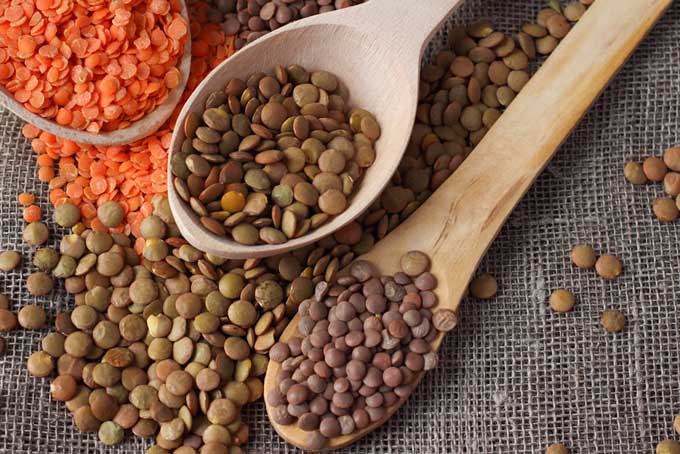
Their coin-shaped appearance signifies good fortune. And they are often served as a rich soup that precedes an entrée of pork and sauerkraut, which are “lucky” foods described below.
In Mexico, it’s common to find revelers eating a spoonful of simply prepared lentils, but perhaps you’d rather serve your guests a hearty Argentine Lentil Stew?
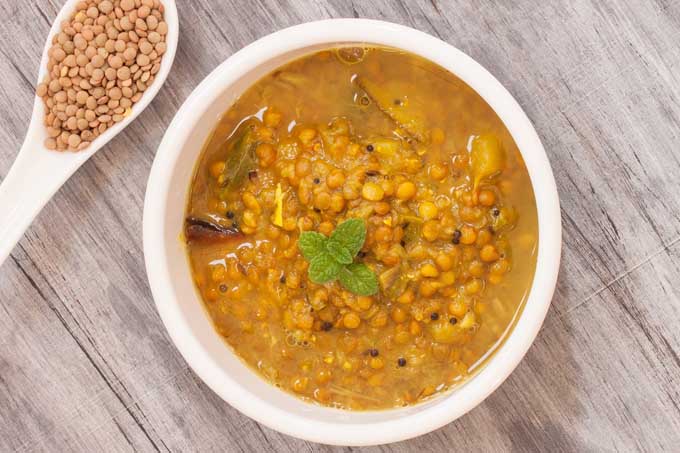
A similar tradition comes from the American South, where black-eyed peas are also viewed as similar to coins, and thus symbols of wealth.
The tradition may stem from a popular recipe called “Hoppin’ Jack,” made of Carolina peas and rice. Often served with ham and greens, two additional auspicious foods discussed shortly, they are a staple of Southern cooking.
Jewish culture regards black-eyed peas similarly, serving them for Rosh Hashanah, the Jewish New Year that is celebrated in autumn.
According to Forward.com, the Hebrew word for a little seed called fenugreek means “to increase,” as in prosper. This word sounds a lot like the word for black-eyed pea, and the confusion thereof resulted in a surge in holiday black-eyed pea consumption in ancient times that continues today.
And in Puerto Rico, pigeon peas, cousins of the black-eyed pea, are served with mouth-watering, crackly-skinned, spit-roasted pork, a very popular meat that we’ll talk about soon.
2. Grapes
Have you heard that it’s good luck to eat 12 grapes as the clock strikes twelve on January 1st?
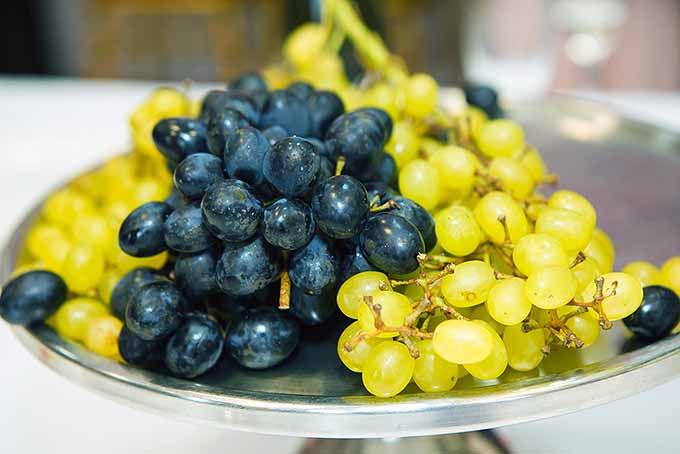
This tradition in Mexico and Spain first became popular in 1909, in the village of Alicante, Spain. It seems that the vineyards produced a bumper crop that season. Grapes became a featured fruit on holiday tables when urban legend promised an auspicious beginning to 1910 for those who partook of the sweet treat.
Grapes are also popular because they are round – another circular food that’s representative of coins for wealth. In the Philippines, round fruits are a popular celebratory food.
3. Pork
Ham, bacon, or sausage. Pork by any name is an invitation to Lady Luck when it makes an appearance on your holiday table.
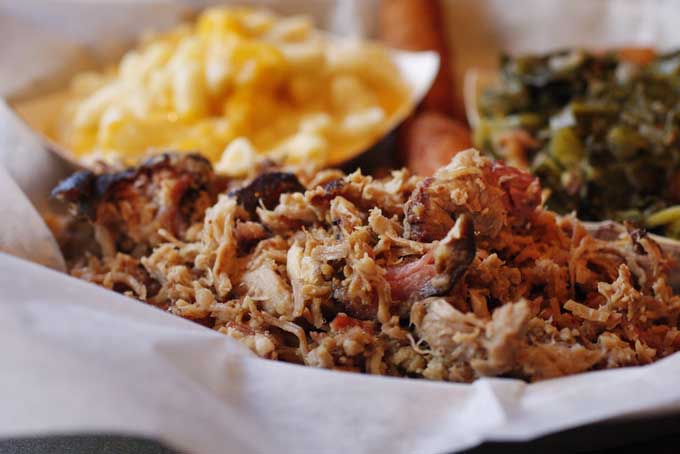
The custom of eating pork is rooted in Eastern European culture, and the habits of pigs. Because boars are animals that root with their noses to the ground, advancing as they seek food, they have been associated with forward progress – a positive attribute that many hoped to be blessed with in the future.
Are you hosting a casual December 31st party for a few close friends?
Wish them joy and success by serving the Best Smoked Pulled Pork you’ll ever taste.
And don’t forget the spicy varieties of pork sausage from countries like Austria, Italy, Poland, Russia, and Germany. An integral part of the food culture of many people, perhaps you’d like to present your guests with one of the Six Most Famous German Sausage Varieties. This is a great way to wish them financial bounty from the fruits of their labor.

4. Circular Sweets
The circle has been viewed in religious and social contexts as closure, an ongoing cycle, and a joining together. Sweet treats are a much-loved holiday treat, and when they’re round, they make great lucky charms, too.
What would your guests say to the Best Homemade Doughnut they’ve ever eaten? Or a batch of Jelly Berliners or Fruit-Filled Baked Doughnuts, made with brioche dough? Maybe you could whip up a batch for a leisurely January 1st brunch.

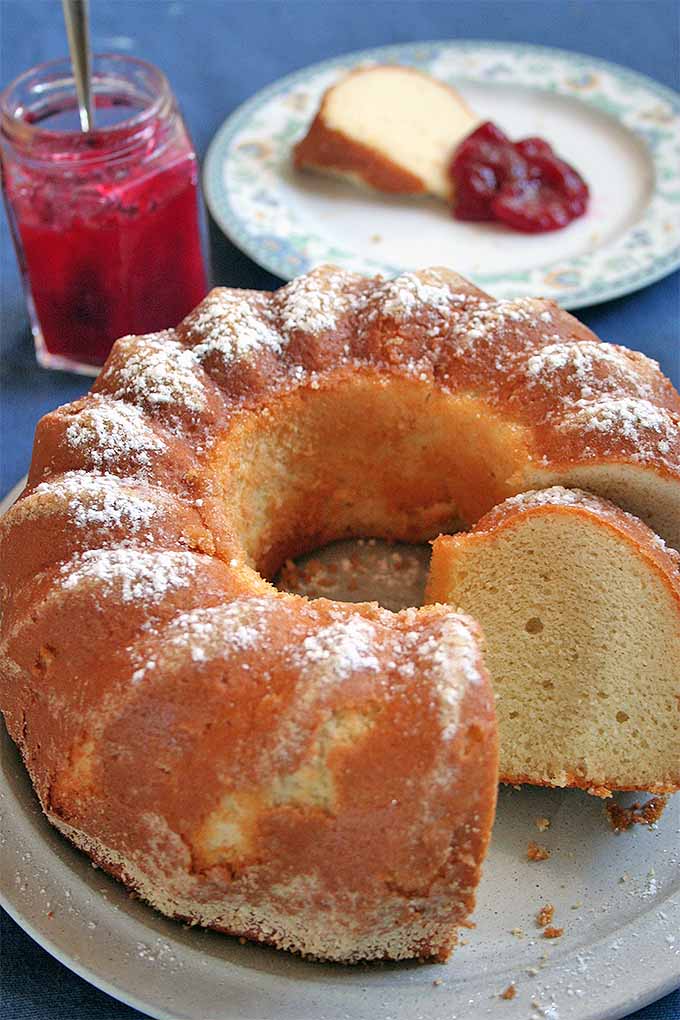
5. Greens
Green signifies the freshness of life, a hopeful outlook, and financial stability. Serving green vegetable side dishes is a common winter holiday practice.
A light and nutritious Fiesta Kale Salad is a great buffet appetizer that prepares the palate for robust dishes to come.
Other greens like collards and kohlrabi are prevalent in American Southern cooking, and sautéed in some bacon drippings, they are a savory accompaniment to a baked ham or roasted pork dish.
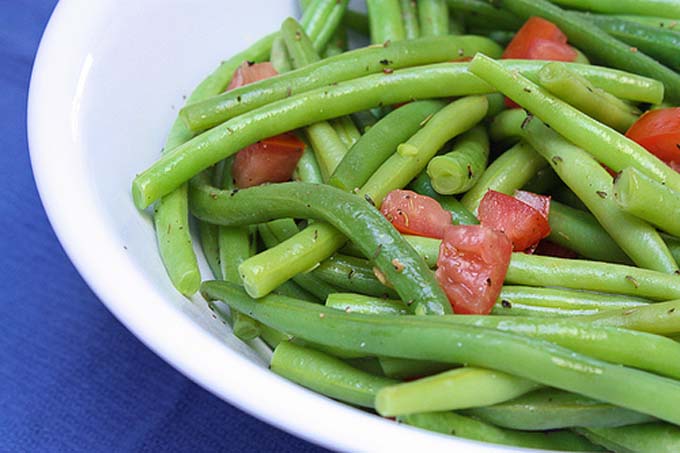
And don’t forget the simple green bean. Thyme Seasoned Green Beans go equally well with pork and fish entrées, providing a lucky touch of green.
Speaking of which, remember to add a sprig or two of parsley to your foods to ward off any evil spirits that may be lurking about. This has been a custom in Japan and Italy for generations.
6. Cabbage and Sauerkraut
In my Italian-German family, roast pork and cabbage is the traditional dinner that precedes a cozy late night in front of the TV, watching the ball drop in New York City. Leftovers the next day leave us free to attend the Mummer’s parade in Philadelphia.
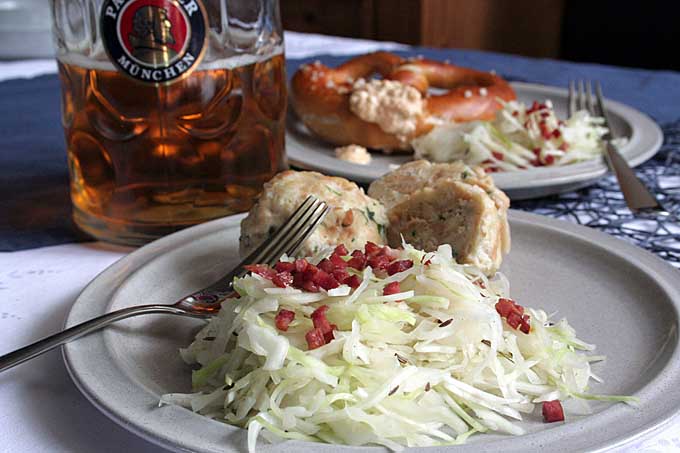
Often served as an accompaniment to roast pork, cabbage is typically found on many holiday tables. Its pickled cousin sauerkraut is a German favorite, also renowned for its luck-enhancing properties!
7. Apples
The apple plays a prominent role in the winter holiday traditions of English, Jewish, and Filipino people.
For the English, wassailing traditions of drinking hot mulled cider were dedicated to a bountiful harvest next season. Why not Get Cozy with Wonderful Warming Spices?
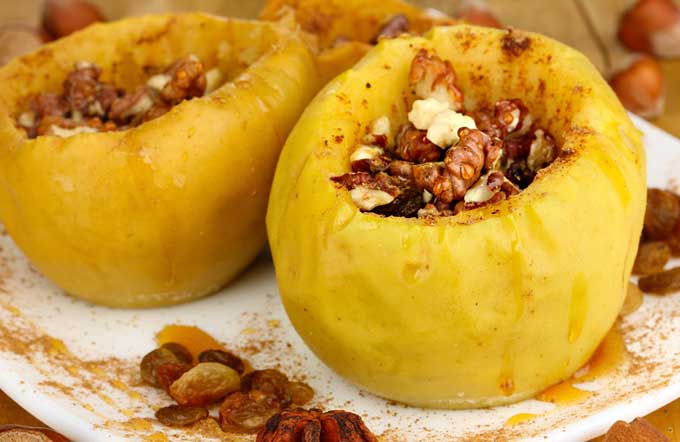
For Jewish people, the apples and honey featured in Rosh Hashanah are symbols of a sweet life in the approaching months. Try Baked Apples with Dried Fruit and Nuts for a taste of good things to come.
In the Philippines, it is the apple’s round shape that makes it a herald of prosperity in future endeavors.
8. Beets
This is another vegetable that is plentiful in winter. Popular in Russia, dishes made with beets bode well for future success. A hearty root vegetable, it is very versatile and works well in salads, soups like borscht, and mixed vegetable dishes. It’s often accompanied by horseradish or sour cream.
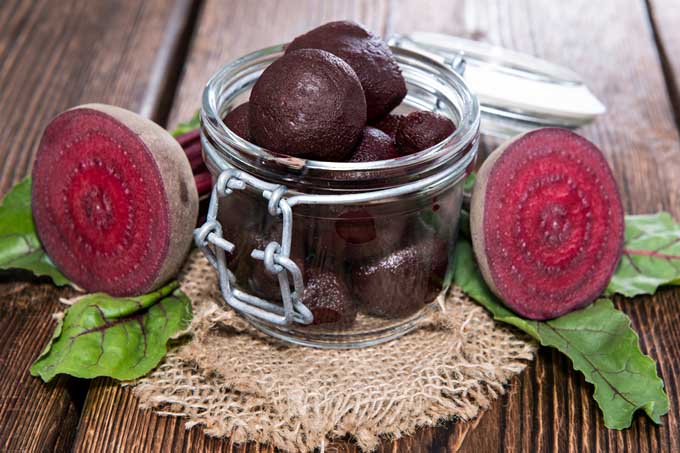
In Jewish culture, beets feature prominently in Rosh Hashanah. According to Forward.com, the Hebrew word for beets is “removed,” and represents deliverance from oppression.
9. Fish
In Russia, fish is often found on holiday tables on January 1st, stewed and in fish pies.
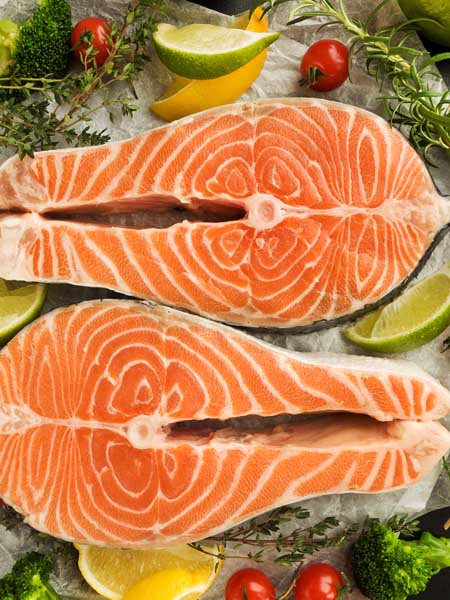
According to Nationsonline.org, in China, the word for fish is pronounced the same as the word for “surplus,” making the fish a symbolic representation of prosperity. It is often served in a meal that includes dumplings, another food thought to bring good luck to the eater.
During the Chinese New Year, whole fish are commonly eaten to invoke blessings meant to last throughout the year. According to China Highlights, the Crucian carp is considered to be a fortuitous food to eat, because pronouncing it in Chinese sounds the same as the words for “good luck.”
Bad Ju-Ju Foods
Just as there are lucky foods, there are unlucky ones as well.

A prevalent belief is that serving shellfish or crustaceans on New Year’s is ill-advised. Because they can propel themselves backwards, lobsters, crabs, oysters and the like are not seen on tables where this notion is espoused.
After all, how will the universe know that you want to move boldly into a successful future if you are eating food that swims in reverse?
Similarly, chicken is a food you may not want to serve to your guests who take their wishing seriously. Since hens and roosters generally scratch in a backward motion while pecking for food, they don’t bode well for forward progress.
Start the Countdown
Now that you know what to serve – and not serve – to represent the good things in life, you’re ready to write a guest list and plan a menu to remember!
Did you know that many Filipinos believe that good fortune becomes a certainty when uneaten food remains on the table as the clock strikes midnight?
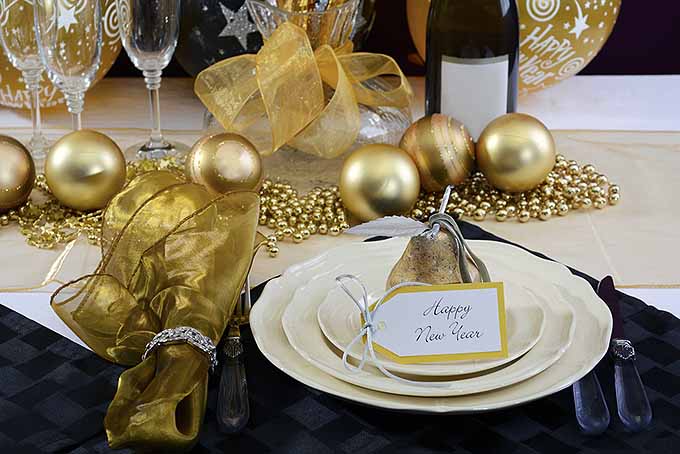
Feast well, raise your glass high, and ring in a successful New Year! Happy Holidays from all of us at Foodal.
How do you celebrate? We’d love to hear from you in the Comments below.
Jelly Donut photo by Kendall Vanderslice, World’s Easiest Cake and Cabbage Salad photos by Nina-Kristin Isensee, © Ask the Experts, LLC. ALL RIGHTS RESERVED. Uncredited photos: Shutterstock.
About Nan Schiller
Nan Schiller is a writer from southeastern Pennsylvania. When she’s not in the garden, she’s in the kitchen preparing imaginative gluten- and dairy-free meals. With a background in business, writing, editing, and photography, Nan writes humorous and informative articles on gardening, food, parenting, and real estate topics. Having celiac disease has only served to inspire her to continue to explore creative ways to provide her family with nutritious locally-sourced food.



